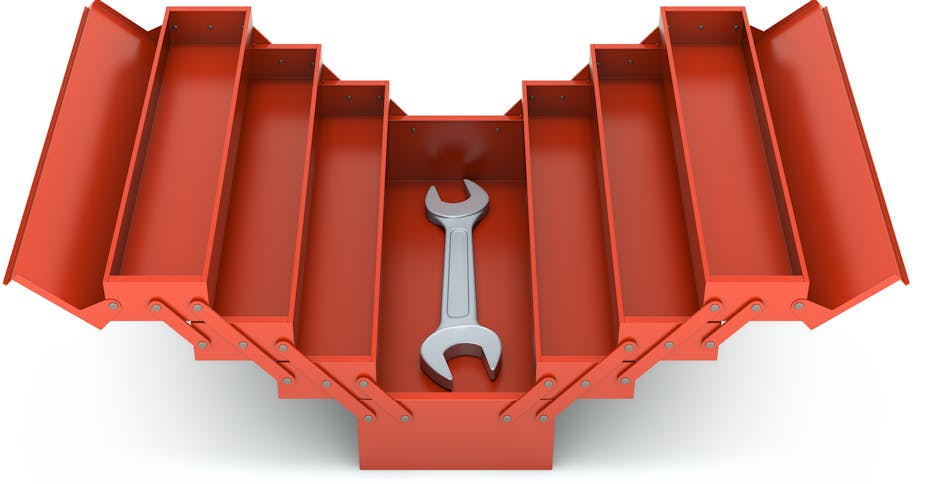Investors, policymakers, businesses and the general public are increasingly concerned the coronavirus’ rapid spread will lead to a recession. While this outcome is hard for economists like me to predict, we do know one thing: The U.S. is not prepared to fight a deep recession.
Policymakers basically have two methods for reversing a downturn: monetary stimulus, primarily through reduced borrowing costs; and fiscal stimulus, when the government spends more or cuts taxes.
Unfortunately, the U.S. currently has dim prospects for success with either option.
Monetary policy
The most immediate indicator of the growing concern about a recession is in the stock market, which has plunged more than 10% since hitting a record high on Feb. 19.
The Federal Reserve hoped to calm markets with its March 3 surprise half-a-percentage-point cut in its target interest rate to a range of 1% to 1.25%. The cut is intended to lower borrowing costs for companies and consumers in order to stimulate investment and spending and to signal that the Fed takes the possibility of recession seriously.
Yet, stocks have continued to slide, and with interest rates so close to zero, the Fed has very little maneuvering room left. The central bank could try to reduce rates below zero – as Europe and Japan have done – but that approach has not been tried in the U.S., and it can generate unintended instability by effectively making borrowing more attractive than paying bills and sending a bad signal to the markets.
More importantly, low interest rates cannot address the main economic problems this epidemic is creating: namely, the disruption of global supply chains. Low interest rates can be effective when a recession arises from a drop in consumer or business spending, but cheap loans cannot help companies acquire needed components from China or South Korea when their factories are closed.
Fiscal policy
The other recession-fighting mechanism is fiscal policy.
For example, in 2009 Congress passed a US$787 billion stimulus package that included spending on research, infrastructure, energy and housing as well as tax cuts.
There are plenty of ways the government could inject stimulus into the economy that can address real needs, such as by spending more on improving the country’s infrastructure or providing more medical research, supplies and care. In fact, Congress just passed an emergency appropriation of US$8.3 billion to help combat the outbreak.
Appropriate as it is, this small sum will not address a serious recession. For that, a much larger stimulus package – more like the 2009 stimulus – would be needed.
Unfortunately, a large stimulus would require substantial federal borrowing. With a deficit approaching $1 trillion, that level of spending does not appear politically feasible.
The bottom line is this: If the disruptions China has experienced – such as the closing of schools, offices and factories – persist and spread across the globe and to the United States, stalled economic activity will likely trigger a severe recession that the government will be in a weak position to effectively address.
[Insight, in your inbox each day. You can get it with The Conversation’s email newsletter.]

